Purpose
This exercise is designed to enhance delegates’ persuasive communication skills by challenging them to construct and present arguments for or against a given statement. By working within small groups, delegates engage more personally with the content and receive tailored feedback, improving their ability to present compelling arguments and counterpoints.
Objective
Delegates will be divided into groups of four and given a statement to debate. Within each group, they will form pairs: one pair will argue in favour of the statement, and the other will argue against it. Each pair will prepare their arguments, present them, respond with counter-arguments and give final statements.
What You Need
- Debate Statements. You need two statements per group of 4. A list of statements is provided at the end. The statements are designed in a way that there is no obvious right or wrong answer and are often a matter of taste or open to debate. This makes it easier to focus on practicing persuasion skills rather than taking sides on some hot political or ethical issue that can then derail the exercise. Example statements include:
- Blank papers
Setup
- Explain that the goal of this exercise is to improve persuasion skills by constructing and delivering arguments and counter-arguments. Emphasise that active listening and responding to the other side’s points will be key to success.
- Divide the delegates into smaller groups of four. Get each group to draw a Debate Statement Card.
- Get each group to split into two pairs: ‘Pair A’ will argue in favour of the statement. ‘Pair B’ will argue against the statement.
-
Think about Strategy (4 minutes):
- Get each pair (or team) to brainstorm and select their three strongest arguments. Encourage delegates to use a mix of logical reasoning, emotional appeal and relatable examples to strengthen their points.
- It is best if they don’t do this part in front of each other and instead spread out in the room.
- Remind them to focus on being persuasive and to consider what might resonate most with the other side.
-
Present Arguments (4 minutes):
- Get teams in each group back together.
- Ask ‘Pair A’ to present their arguments first. Both delegates should engage and support each other throughout. Allocate two minutes.
- Then get ‘Pair B’ to present their arguments. Allocate two minutes.
- Encourage clear, concise presentations.
-
Think about Counter-Arguments (4 minutes):
- Get teams to prepare counter-arguments, carefully considering the points made by the other team and crafting responses that directly address those points.
- They should focus on countering specific arguments rather than simply restating their initial points.
-
Rebuttal (4 minutes):
- Get teams in each group back together.
- Ask each team to take turns delivering their counter-arguments for about 2 minutes.
-
Free Debate (4 minutes)
- Finally let teams debate freely. They should try as hard as they can to persuade the other side.
- Bring back everyone together.
- Get each group of 4 to talk about their experience to the class one group at a time. In each case, get them to cover the following:
- What was the argument about? (Share it with the class)
- Who won the argument and why?
- What strategies worked well for persuading the other team?
- Which counter-arguments were most effective in addressing the other side’s points?
- How did active listening influence their ability to respond with relevant counterpoints?
- What strategies did the other team use that you thought were highly effective, that perhaps you copied too?
- Allocate 3 minutes for each group presentation and feedback.
- After the presentations follow with a general discussion.
Timing
Explaining the Exercise: 5 minutes
Activity: 4 min strategy + 4 min arguments + 4 min think counter-arguments + 4 min rebuttals + 4 min free debate + (3 min x N groups of 4) = 26 minutes for 8 delegates
Group Feedback: 10 minutes
Discussion
Use the following questions to guide the conversation:
- Which strategies did you find most persuasive—logic, emotion, or examples? Why?
- How did you adapt your counter-arguments to address the other team’s points?
- Were there any moments where your perspective on the statement changed during the debate?
- How did active listening impact your ability to respond effectively?
- What feedback from your partner or the other team was most useful in improving your approach to persuasion?
- What were the greatest lessons you learned from your own interactions and the discussions about other groups’ experiences?
Variations
- Speed Debate. Reduce the preparation and presentation times for a more fast-paced exercise, which encourages quick thinking and adaptability.
- Role Reversal. After the initial round, have the teams switch sides and argue the opposite perspective, encouraging delegates to think about the issue from both angles.
- Wildcard Element Introduce a ‘wildcard’ twist halfway through the debate, such as a new fact or challenge that each pair must integrate into their argument. This variation tests adaptability and creative thinking.
Debate Statements
Why coffee is better than tea.
Why summer is better than winter.
Why texting is better than calling.
Why cats make better pets than dogs.
Why reading physical books is better than reading e-books.
Why sweet snacks are better than salty snacks.
Why mornings are better than nights.
Why physical books are better than audiobooks.
Why city life is better than country life.
Why beach holidays are better than mountain holidays.
Why spicy food is better than non-spicy food.
Why dogs are more lovable than cats.
Why live music is better than studio recordings.
Why sunsets are better than sunrises.
Why working from home is better than the office.
Why Saturday is better than Sunday.
Why rainy days are better than sunny days.
Why chocolate ice cream is superior to vanilla ice cream.
Why handwritten notes are better than digital notes.
Why traveling by train is better than flying.
Why summer fashion is better than winter fashion.
Soft Skills Training Materials
Get downloadable training materials
Online Train the Trainer Course:
Core Skills
Learn How to Become the Best Trainer in Your Field
All Tags
Training Resources for You
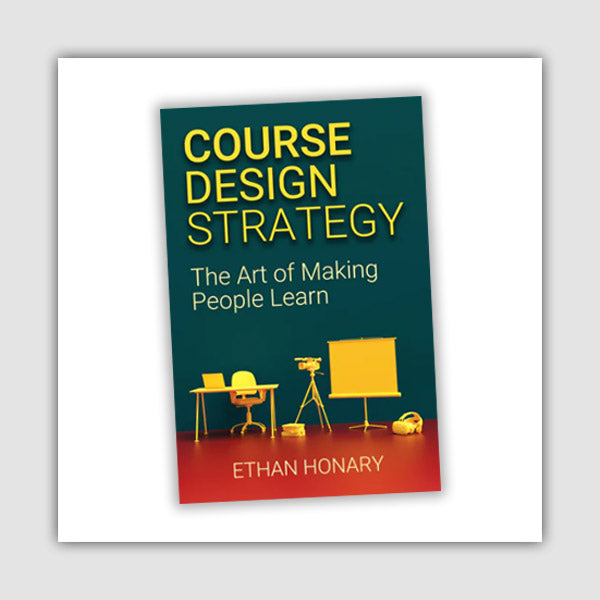
Course Design Strategy
Available as paperback and ebook

Free Training Resources
Download a free comprehensive training package including training guidelines, soft skills training activities, assessment forms and useful training resources that you can use to enhance your courses.

Our Comprehensive Guide to Body Language

Train the Trainer Resources
Get Insights - Read Guides and Books - Attend Courses
Training Materials
Get downloadable training materials on: Management Training, Personal Development, Interpersonal Development, Human Resources, and Sales & Marketing

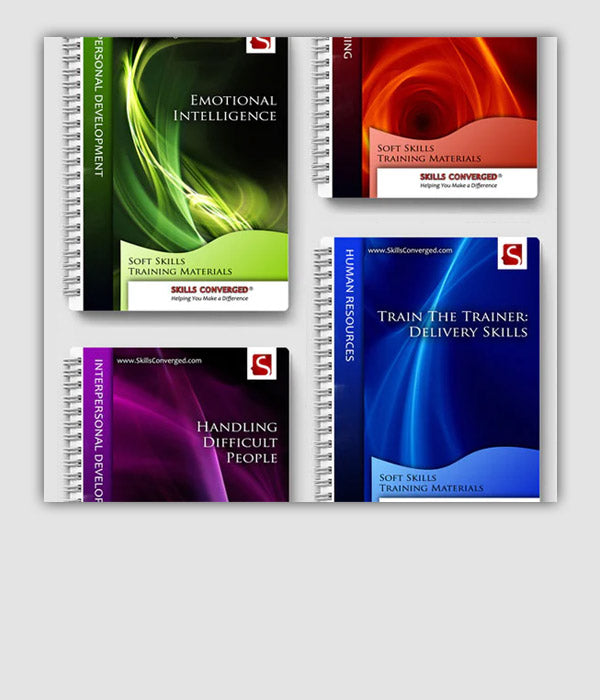
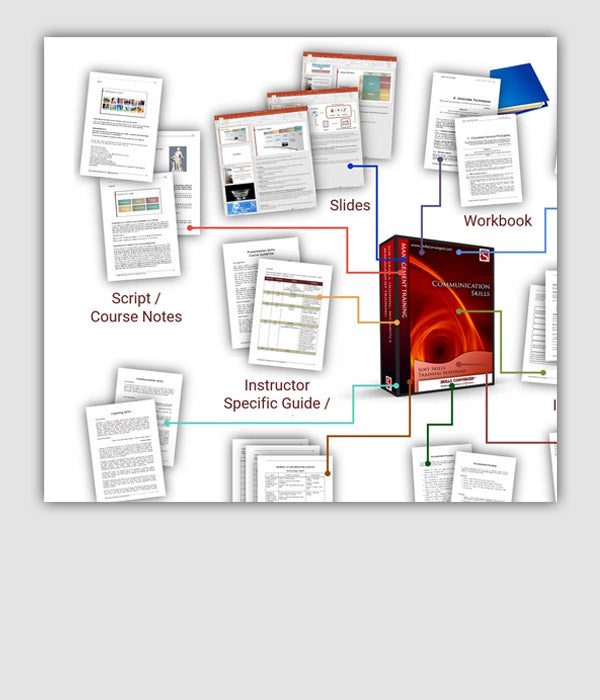
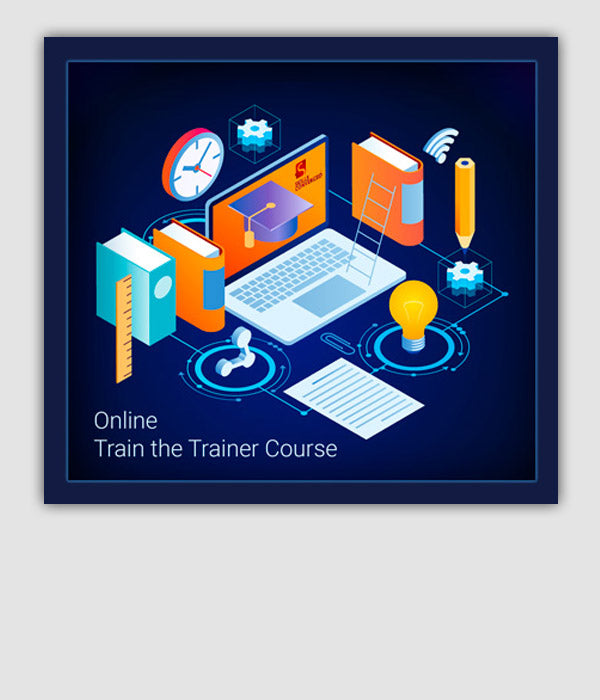
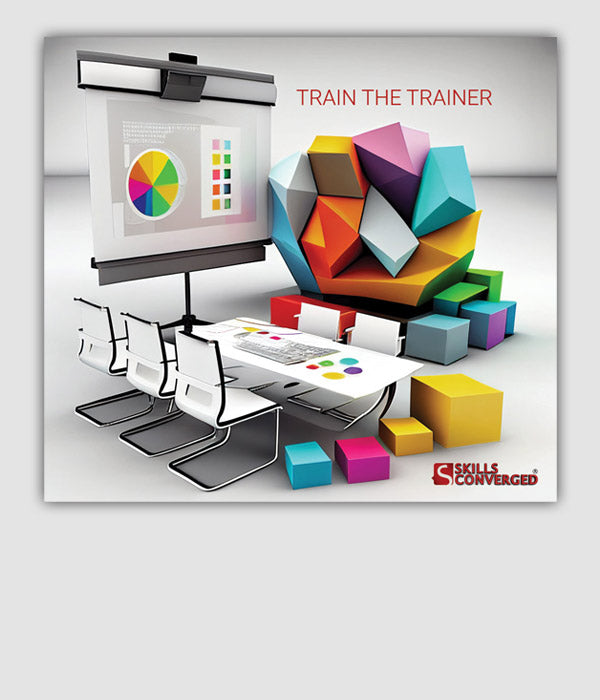








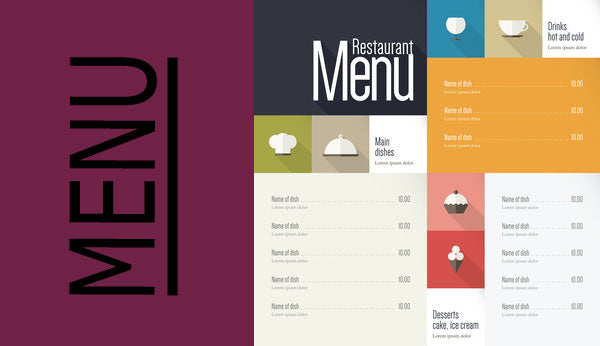
Leave a comment
All comments are moderated before being published.
This site is protected by hCaptcha and the hCaptcha Privacy Policy and Terms of Service apply.